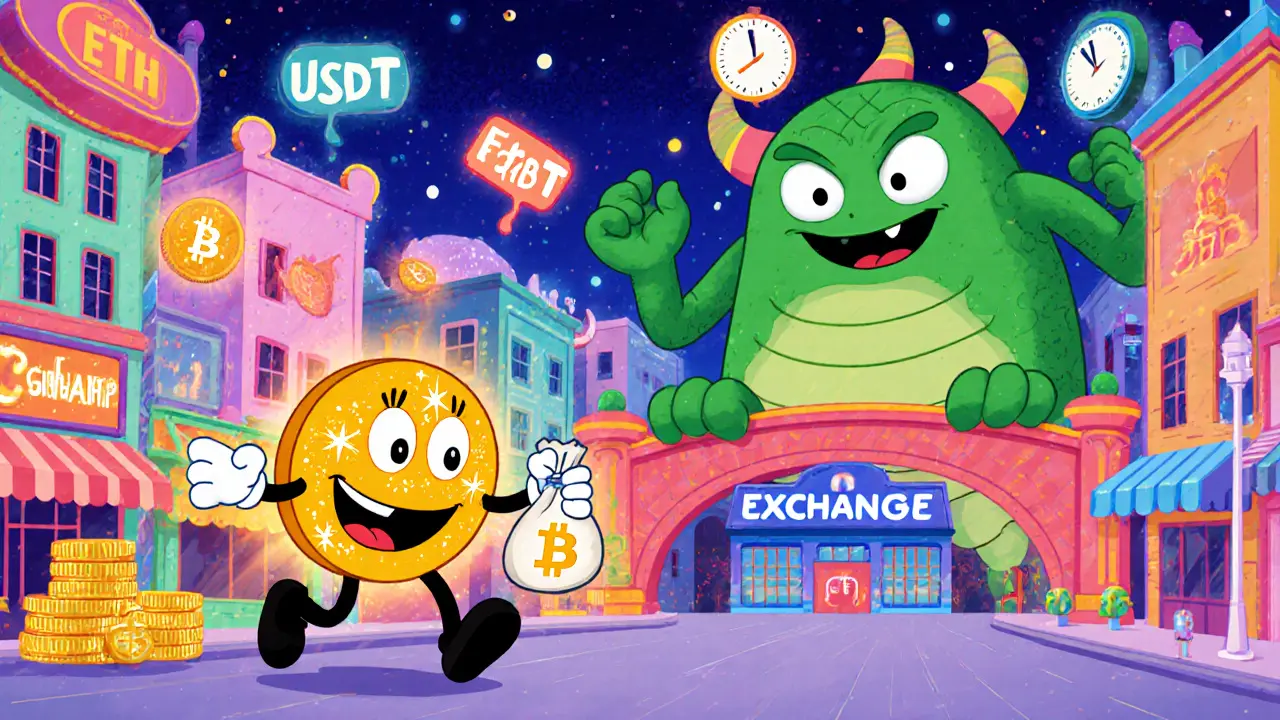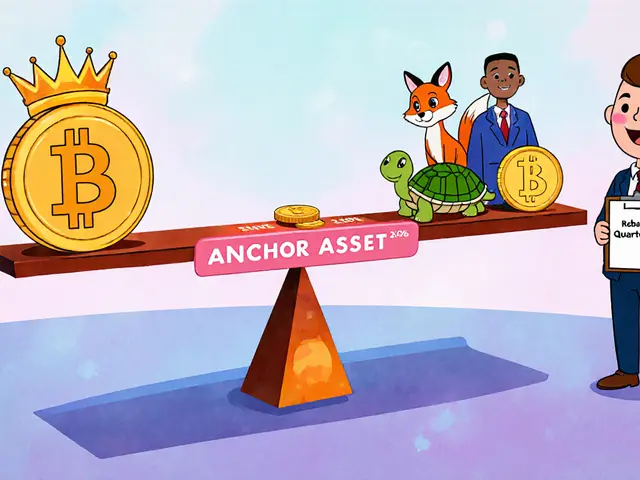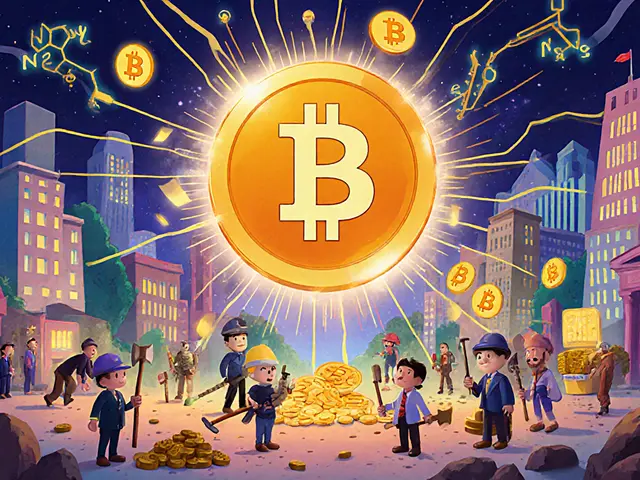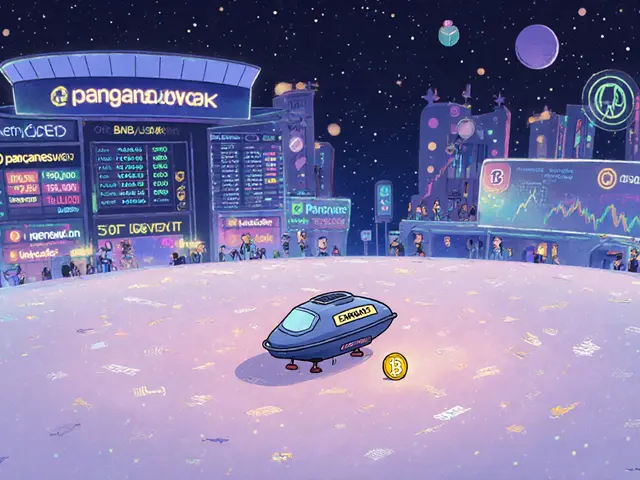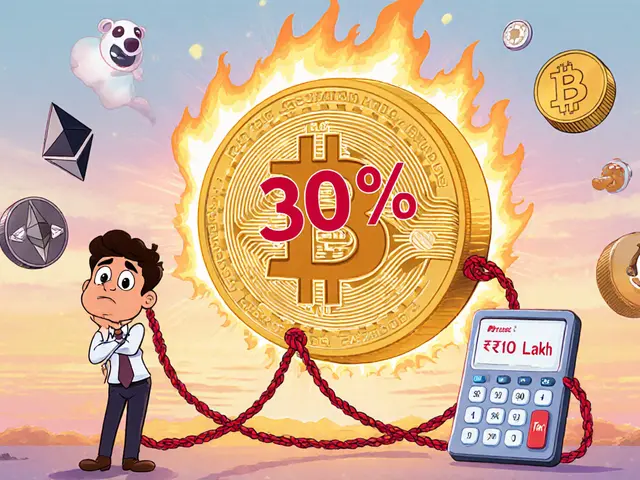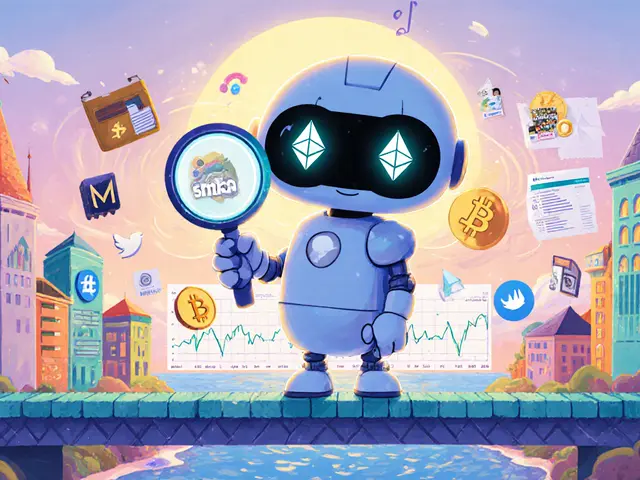Trading pairs define how arbitrage works in crypto markets. Learn how exchange, triangular, and DeFi arbitrage exploit price gaps between asset pairs-and why most traders fail to profit.
Trading Pairs Explained: What They Are and How They Shape Crypto Markets
When you trade crypto, you're not buying Bitcoin or Ethereum in dollars—you're swapping one coin for another. That swap happens through a trading pair, a combination of two cryptocurrencies or a cryptocurrency and a fiat currency used to set exchange rates on trading platforms. Also known as market pair, it's the foundation of every trade on every exchange, from Binance to decentralized ones like Uniswap. Without trading pairs, there’s no way to price tokens, no way to move money between assets, and no real market at all.
Not all trading pairs are created equal. Some, like BTC/USDT or ETH/USDC, have high volume and tight spreads—meaning you can buy or sell quickly without moving the price much. Others, like obscure tokens paired with BNB or SOL, might have almost no buyers. That’s why you’ll see posts here about Baryon Network, a nearly dead DEX with only one trading pair and zero liquidity, or why DeepBook Protocol, a fully on-chain order book on Sui stands out—it gives traders real price discovery, not just automated market maker guesses. A good trading pair needs liquidity, volume, and a clear reason why people are trading it. If a token only trades against one other coin and no one’s buying, it’s not a market—it’s a ghost town.
Trading pairs also reveal what’s hot and what’s fading. Look at the Elemon airdrop, a project that gave away ELMON tokens but now trades for less than a penny with zero volume. Its trading pair likely dried up because no one cared after the hype died. Meanwhile, coins like SunContract, a token used for real-world energy trading in Slovenia might have small pairs, but they exist because they solve a real problem. The best traders don’t just chase price—they look at the pair. Is it paired with a stablecoin? Is the volume rising? Is the exchange reputable? These questions matter more than any chart pattern.
You’ll find posts here that dig into failed exchanges, misleading airdrops, and hidden risks—all tied back to the same root issue: bad or non-existent trading pairs. If a project can’t get listed on a decent exchange with real volume, it’s probably not worth your time. And if you’re looking at a new token, check its pair first. No pair? No market. Weak pair? High risk. Strong pair? That’s where opportunity lives.
